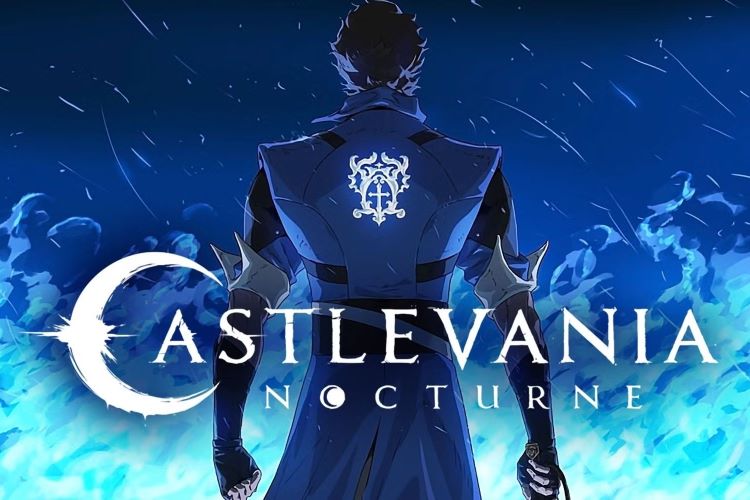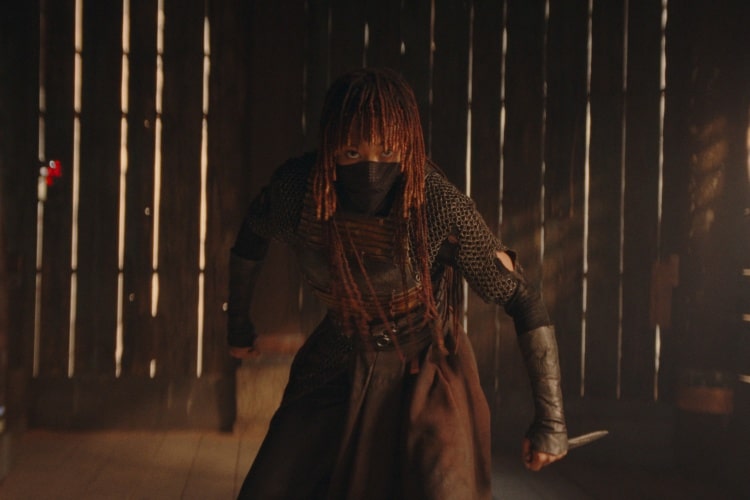Big loud blockbusters are great fun. Lots of action, larger than life characters, exciting special effects. Also generally entirely forgettable the moment I leave the theater. It’s the small, quiet movies that are far more likely to stay with me, affect me on some level beyond the immediacy of the moment. Lost in Translation is a perfect example of a small, quiet movie that speaks volumes about its subjects.
Lost in Translation stars Bill Murray as Bob Harris. Bob is an aging actor arriving in Tokyo to film a whiskey commercial. He is not excited to be there. He’s at a place in his life where he isn’t really excited about anything anymore. He’s just going through the motions. The moment he’s alone, his face sinks into an expression of blank repose. He isn’t happy. He isn’t sad. He isn’t anything.
Charlotte (Scarlett Johansson) is also in Tokyo. A very young woman, she has accompanied her ever more preoccupied husband on a business trip. Unlike Bob’s midlife crisis, Charlotte is having what amounts to a pre-life crisis. She’s completely adrift, useless college degree in hand, with no idea what to do with herself either in Tokyo or in life.
This unlikely pair meets tentatively on several occasions in the hotel in which they are both staying. As they become casual acquaintances, each seems to recognize something in the other that mirrors their own emotional place. They quickly become fast, comfortable friends. Lost in Translation doesn’t have cliffhangers, car chases, secrets, lies or videotapes. It has characters.
Bob and Charlotte are both clearly fish out of water. They don’t speak the language, they can’t sleep, they have no appreciable connection to this place. Critics have complained about too much racial stereotyping with the Japan jokes coming too often and too repetitively. I disagree. The film isn’t about Japan, it’s about how Bob and Charlotte experience Japan. Bob is in no place emotionally to be anything but stupefied or overwhelmed by a different culture. The absurdities we see, we see through his eyes, as exaggerated by his perception, which heightens any unfamiliar or uncomfortable stimulus. Charlotte, on the other hand, sees another Japan. She visits quiet, serene temples, and walks the streets of Tokyo soaking in the sensory overload with a look always of quiet appreciation. Yes, these are fish out of water; one gasping for air, the other learning to breathe.
The heart of the film does not lie in Tokyo, or in the displacement of Bob and Charlotte. It lies in the relationship that this strange circumstance allows to develop between the two. In their own worlds, filled with spouses, families, friends and familiarity, Bob and Charlotte would never get beyond “hello”. But in this place, where they are both isolated by geography and psychology, they have a chance to defy social convention and develop a relationship based entirely on personal connection. Each finds something in the other that they recognize. They feel comfortable together, they can tell each other things, trust each other, revel in a companionable silence. Their relationship is one of platonic intimacy. They fit together; have a level of ease and a depth of feeling that connects them in a beautifully untraditional way. There is a scene between Bob and Charlotte, late at night when insomnia strikes, as they lie together on a hotel bed, talking quietly. Each is relaxed, to the point of talking with their eyes closed. This isn’t a scene of sexual tension; it’s one of emotional intimacy.
Bill Murray has truly never been better than he is in Lost in Translation. Bob has a weary air of fatigue and sadness laced liberally with the type of bemusement that only Murray can impart with a mere facial expression. He relates to Scarlett Johansson beautifully, coming off as neither a lecherous old man nor a father figure. It is Murray that makes us believe in the potency of this friendship. Johansson is not as interesting, but her character is more sedate than Murray’s, so this is to be expected. She does, however, admirably hold her own against the charismatic Murray. In the scenes where the two of them are nose to nose, more or less reveling in the good feelings they have toward each other, she is every bit his equal. Hats off to Sofia Coppola for managing to balance these two very different characters (and actors) so well.
Lance Acord does a lovely job photographing both Bob and Charlotte’s Tokyo. For Bob it’s lots of noise, neon and traffic. Overwhelming and foreign. For Charlotte it’s quiet and contemplative, whether in a temple or her hotel room. She is far less intimidated by the enormity of the city around her. Acord does a great job making a distinction between these worlds when Bob and Charlotte are apart and melding them when the two are together.
Writer/director Sofia Coppola gives us something truly rare in Lost in Translation. Intimacy without the assumption of sex. Crisis without gratuitous violence. Pathos without contrived tragedy. These are simply two people in the same place at the same time connecting on a very human, satisfying level. Their lives and feelings are lost to those upon whom they would normally rely; instead they find each other, kindred spirits outside of convention and on literal and figurative foreign ground. Bob and Charlotte connect, they click, they understand each other. A simple story with a plethora of hidden layers residing in characters with understated depth, two outstanding lead performances and a writer/director with the courage to let this story tell itself without a lot of bells and whistles makes Lost in Translation one of the best films of 2003.

Sue reads a lot, writes a lot, edits a lot, and loves a good craft. She was deemed “too picky” to proofread her children’s school papers and wears this as a badge of honor. She is also proud of her aggressively average knitting skills She is the Editorial Director at Silver Beacon Marketing and an aspiring Crazy Cat Lady.





Leave a Reply